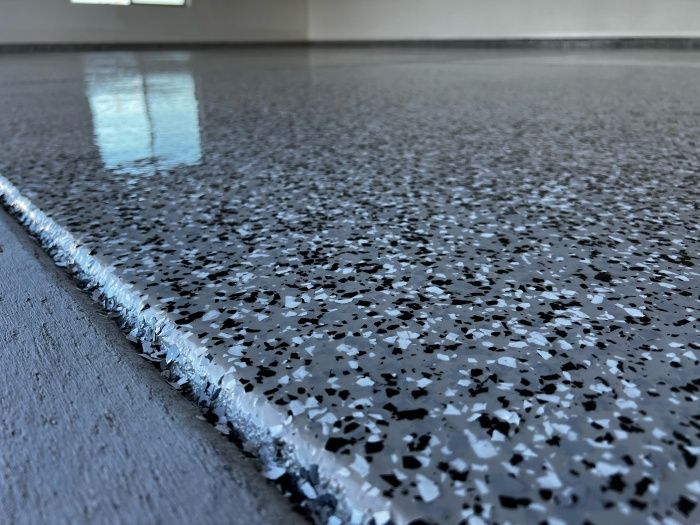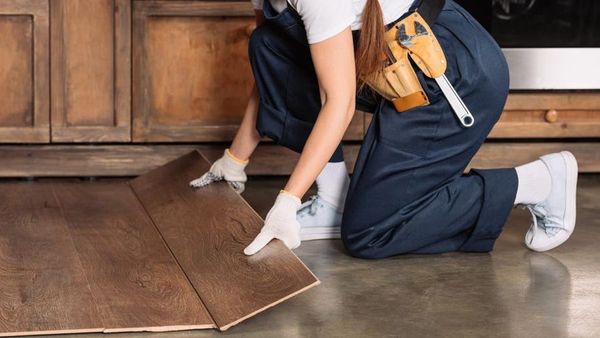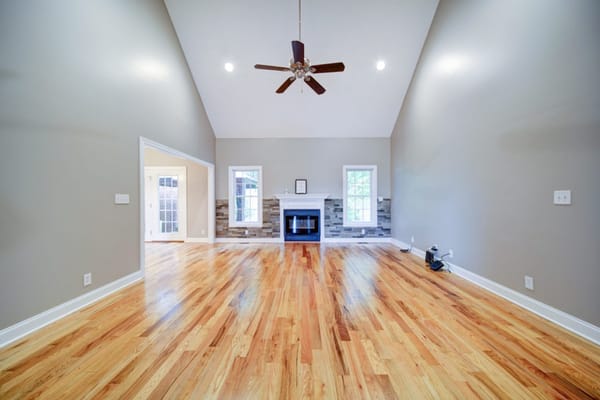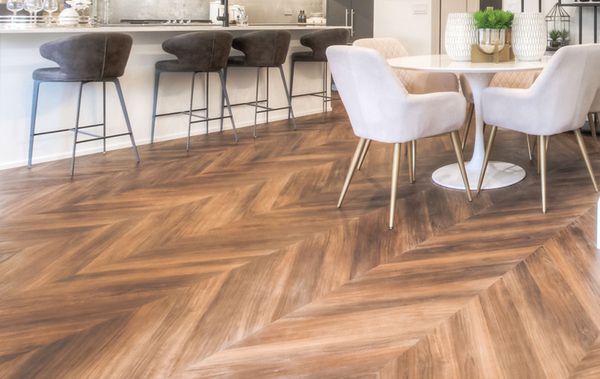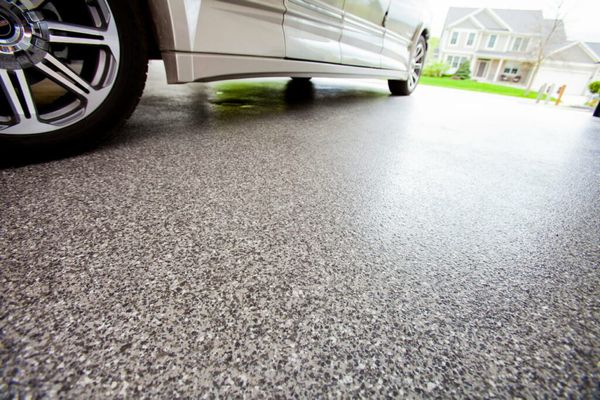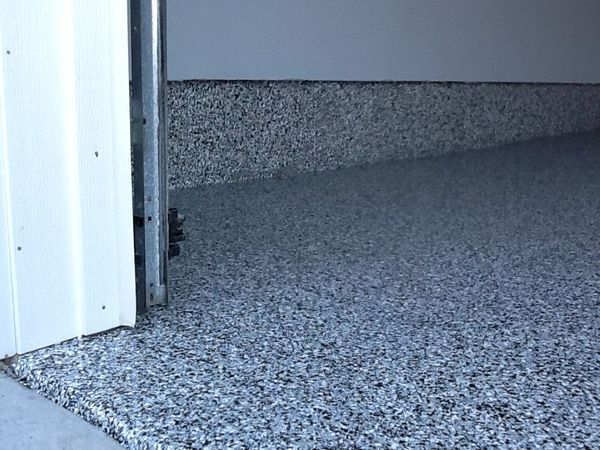When it comes to flooring solutions, particularly for garages, commercial spaces, and industrial environments, polyaspartic flooring has become increasingly popular over the years. However, like any other material, polyaspartic coatings come with their own set of advantages and disadvantages.
Here, we delve deep into the pros and cons of polyaspartic flooring to help you make an informed decision.
What is Polyaspartic Flooring?
Polyaspartic is a type of aliphatic polyurea, a material known for its fast curing times and durability. Originally developed in the 1990s, this flooring option is often used for its high-performance qualities, providing a protective layer against chemicals, abrasions, and UV radiation.
Pros of Polyaspartic Flooring
1. Quick Installation and Cure Time
One of the primary benefits of polyaspartic flooring is its rapid cure time. While traditional epoxy floor coatings may require multiple days to cure, polyaspartic can be applied and cured within a day, reducing downtime and ensuring a swift return to business operations.
2. UV Stability
Polyaspartic coatings are UV stable, meaning they won't yellow or degrade upon prolonged exposure to sunlight. This is particularly beneficial for spaces with large windows or outdoor access.
3. Chemical Resistance
These coatings offer exceptional resistance to chemicals, oils, and solvents, making them ideal for garages, industrial settings, or spaces that may be exposed to such substances.
4. Versatility in Appearance
Polyaspartic coatings can be tailored to various looks and finishes. From glossy to matte finishes, or the addition of decorative chips or quartz for a more aesthetic appeal, the choices are plenty.
5. Temperature Tolerance
Unlike some other flooring materials, polyaspartic can be applied in a wide range of temperatures, from freezing conditions to very hot climates. This flexibility can be crucial for specific environments or time-sensitive projects.
Cons of Polyaspartic Flooring
1. Cost
While polyaspartic flooring is a valuable investment, it generally costs more upfront than some traditional coatings like epoxy. However, considering its durability and reduced maintenance needs, the long-term ROI can be favorable.
2. Potential for Bubbles
If not applied correctly, polyaspartic coatings can trap air, leading to bubbles or blisters on the surface. It's essential to ensure the surface is adequately prepared and the application process is meticulous.
3. Slipperiness
A high-gloss finish polyaspartic floor can become slippery when wet. However, this can be mitigated by adding a non-slip additive or opting for a textured finish.
4. Sensitivity to Humidity
While polyaspartic coatings can be applied in various temperatures, they can be sensitive to high humidity levels during application. This can affect the final outcome and durability of the coating.
5. Less Flexibility Post Cure
Polyaspartic is relatively rigid once cured. So, while it's exceptionally durable, it might not absorb impacts as well as some flexible epoxy coatings.
Factors to Consider Before Choosing Polyaspartic Flooring
While we've discussed the primary advantages and disadvantages of polyaspartic flooring, there are additional factors to consider when determining if it's the right choice for your project:
1. Application Expertise
Polyaspartic flooring requires a certain level of expertise for proper application. It's crucial to engage professionals with experience in applying these coatings to ensure the best outcome.
2. Maintenance
Though polyaspartic coatings are durable and resistant to many chemicals, routine maintenance is essential to prolong their lifespan. Regular cleaning, avoiding sharp impacts, and addressing any minor damages immediately can help retain the flooring's aesthetics and function.
3. Environmental Impact
While polyaspartic coatings are more environmentally friendly than some other options, understanding the product's VOC (Volatile Organic Compound) levels can be essential. Lower VOC products are less harmful to the environment and indoor air quality.
4. Comparison with Alternatives
When deciding on a flooring solution, it's beneficial to compare polyaspartic with other alternatives like epoxy, urethane, or acrylic coatings. Assessing factors like lifespan, resistance attributes, cure time, and cost can give a clearer picture of what suits your needs best.
5. Warranty and Guarantee
Many manufacturers and applicators offer warranties or guarantees on their polyaspartic coatings. This can provide peace of mind, ensuring that if there are any unforeseen issues, they'll be addressed by the provider.
Final Thoughts
In the discussion on garage flooring options, the debate between polyaspartic floor coating and epoxy floor coating remains ongoing. While epoxy coatings, especially epoxy garage floor coating, have long dominated the market, polyaspartic coatings are emerging as a formidable challenger. Polyaspartic floor coatings bring with them fast cure times and UV stability, which make them stand out. However, like the epoxy coating, they too shine brightest when the concrete floor undergoes a professional installation.
Diving deeper, other floor coatings may promise longevity and durability, but polyaspartic garage flooring couples these traits with resistance to temperature extremes and chemicals. That said, while epoxy flooring can sometimes be tackled as a DIY project with an epoxy primer, polyaspartic DIY installation might be more challenging due to its rapid curing nature. This underlines the importance of professional expertise in ensuring the floor surface remains pristine and free from imperfections.
Concluding, the choice between specialized coatings often boils down to individual needs and specific scenarios. Epoxy and polyaspartic garage flooring options both have their merits, and while polyaspartic coatings might appear expensive initially, their resilience can justify the investment. As with any decision regarding your space, research, consultation, and understanding the nuances of each product are key to a satisfactory result.

